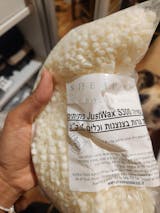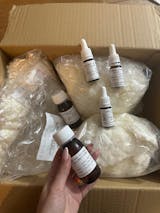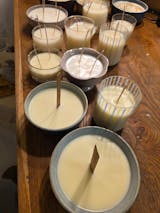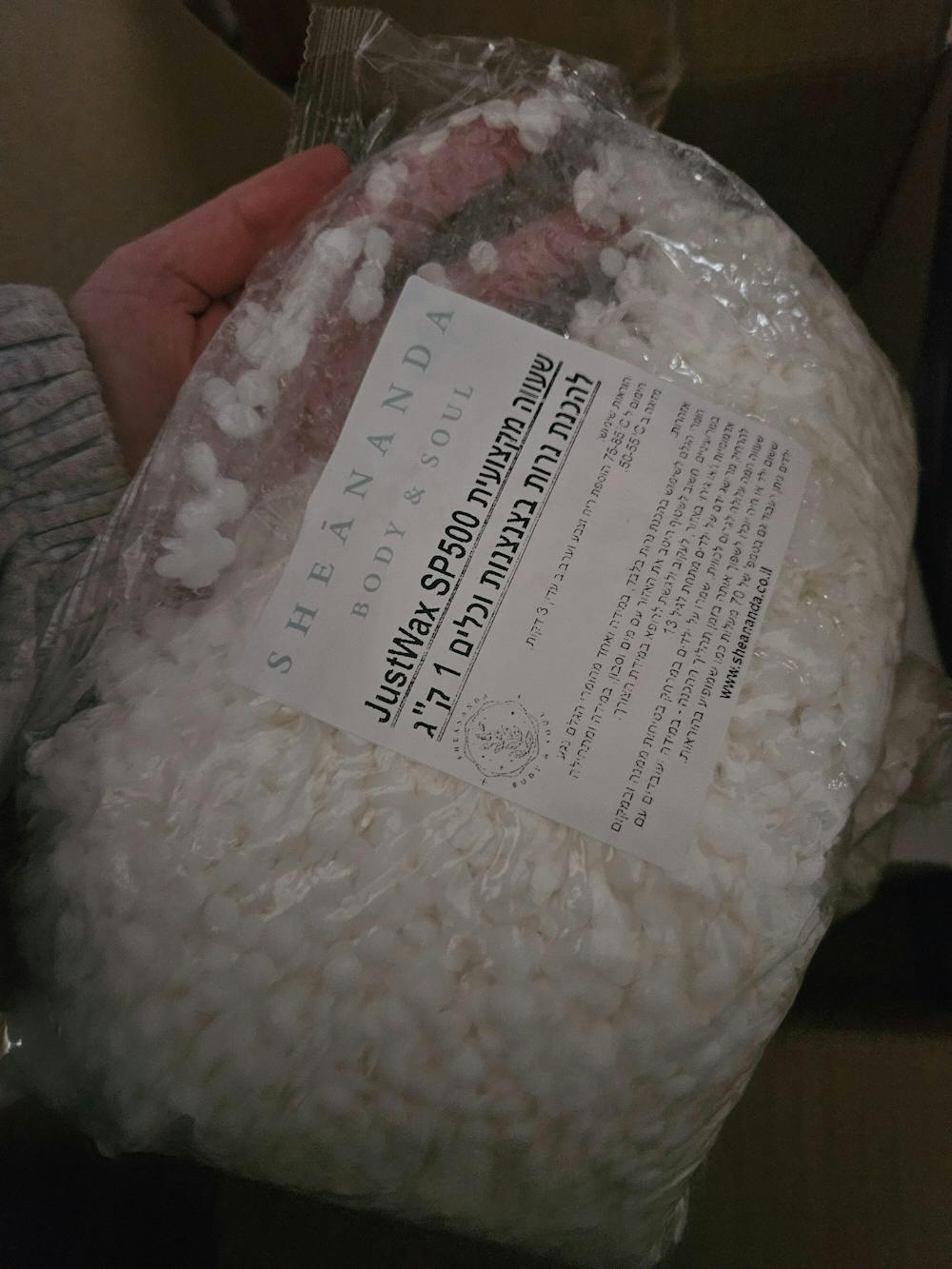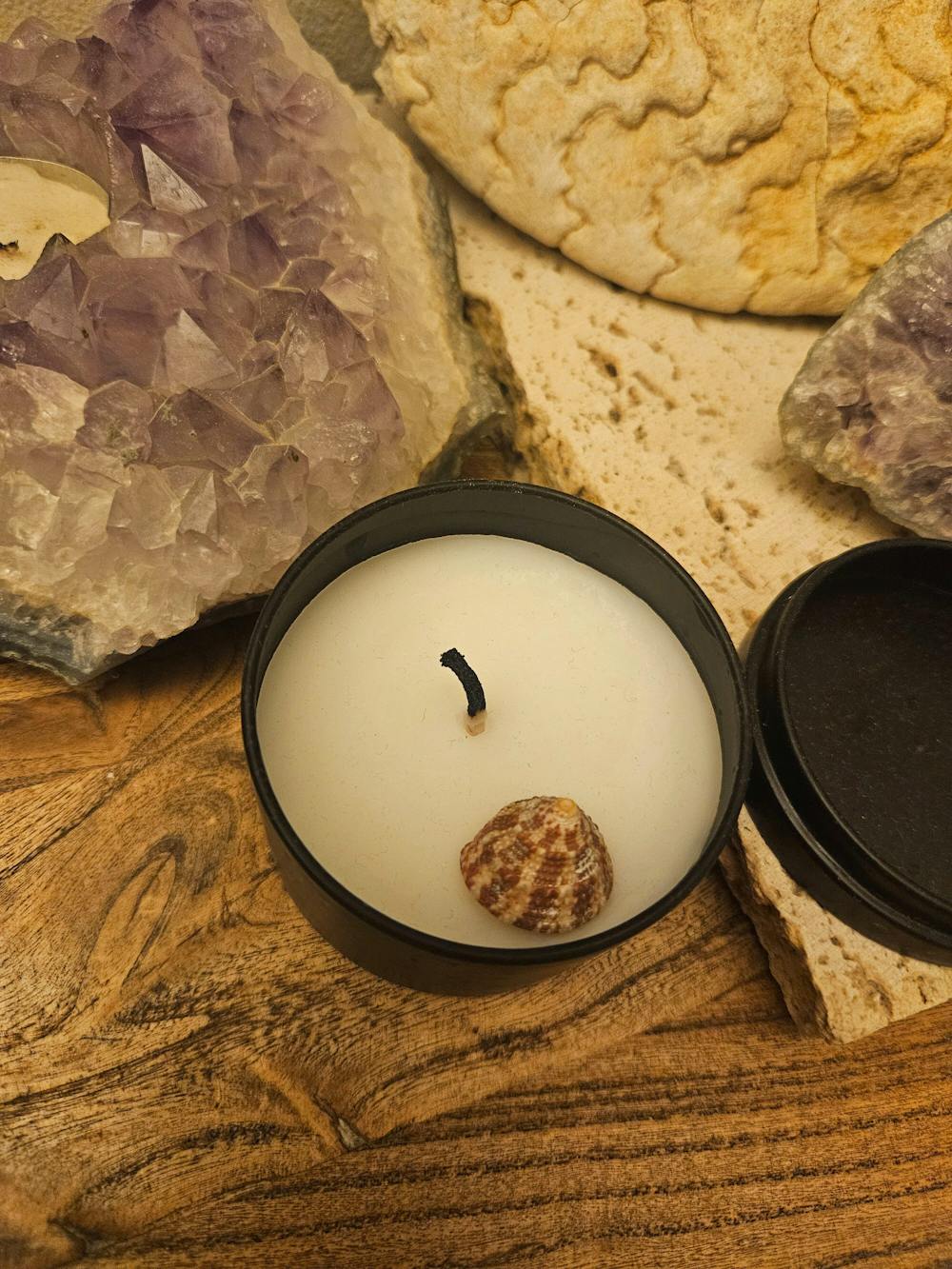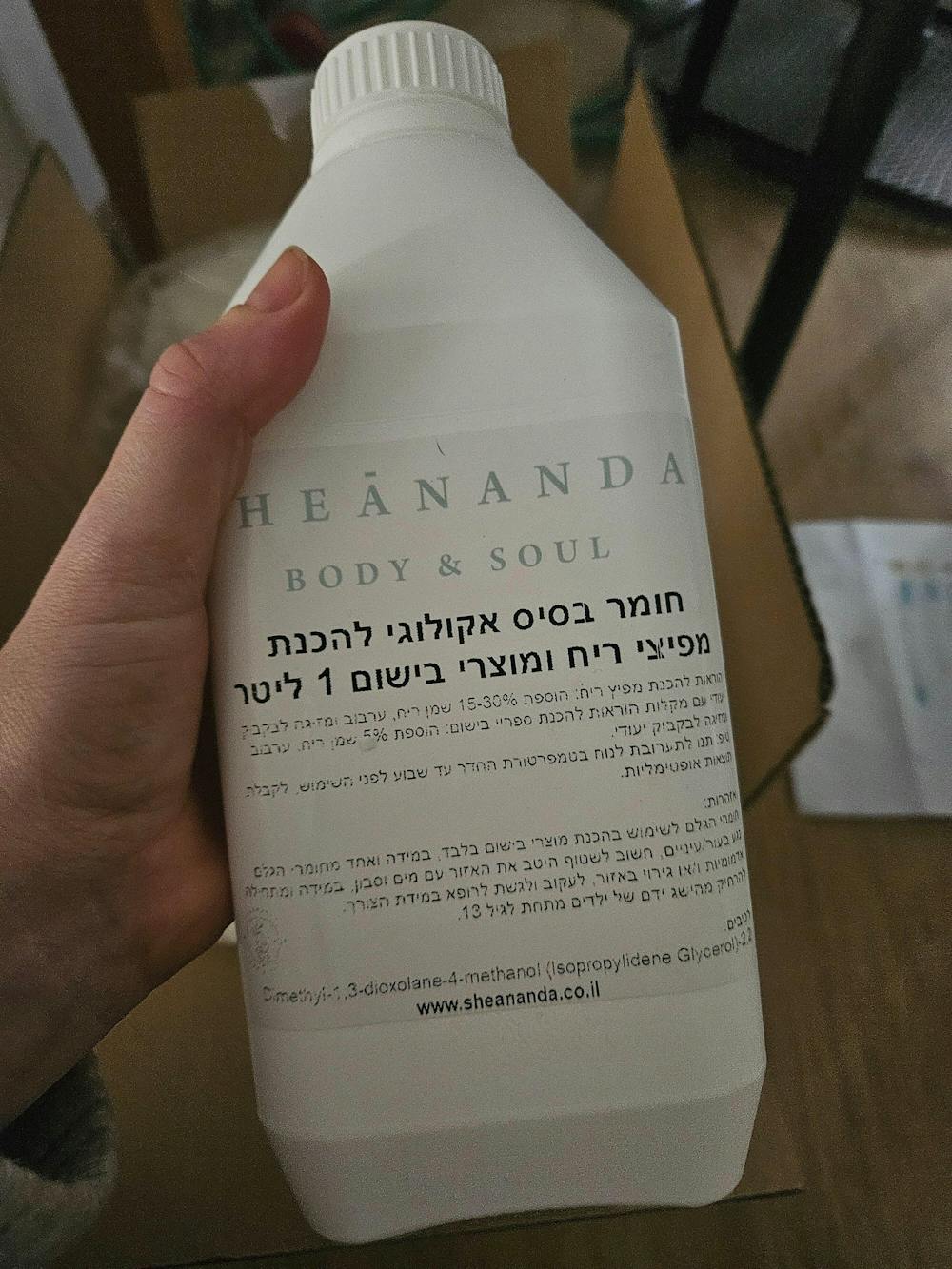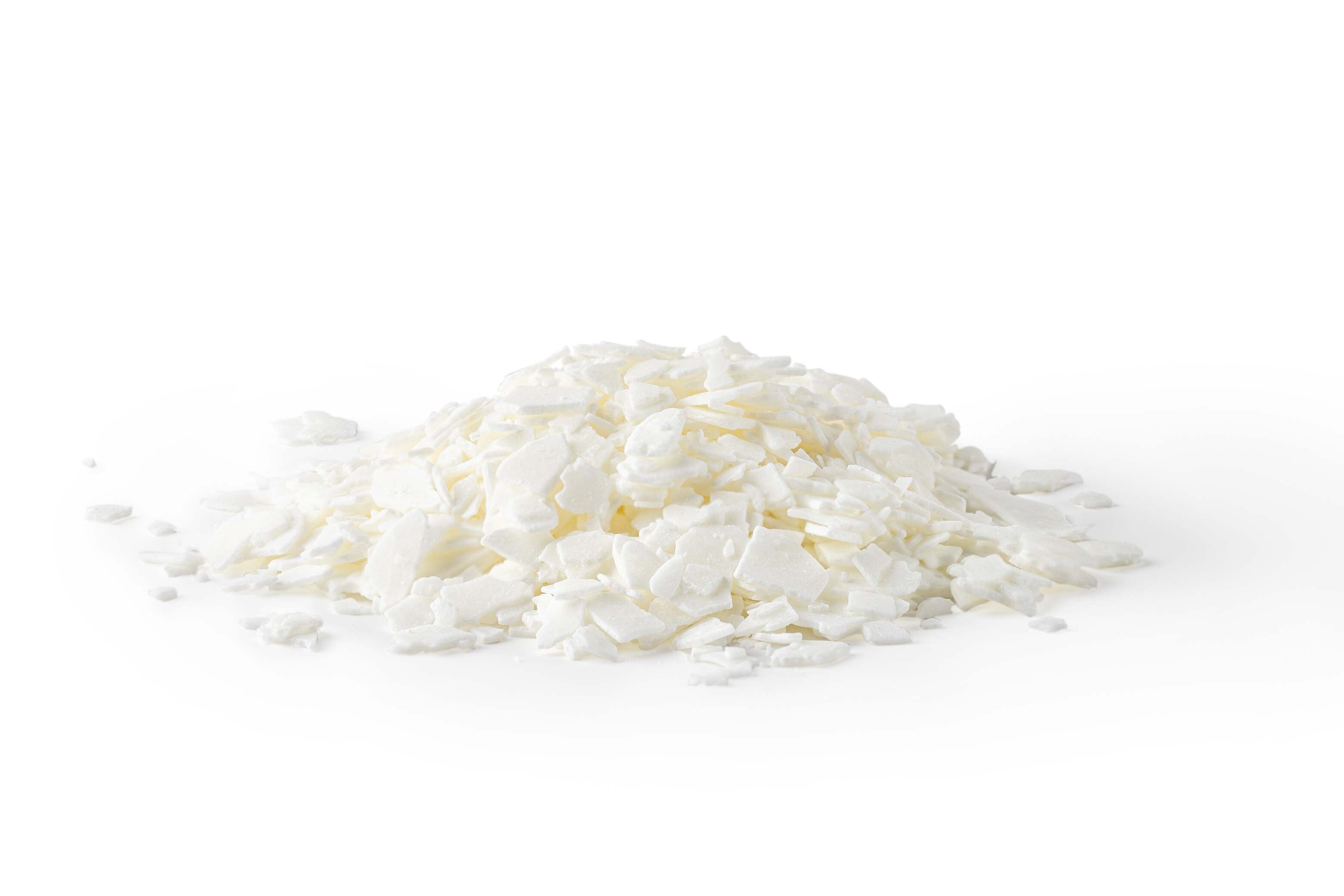
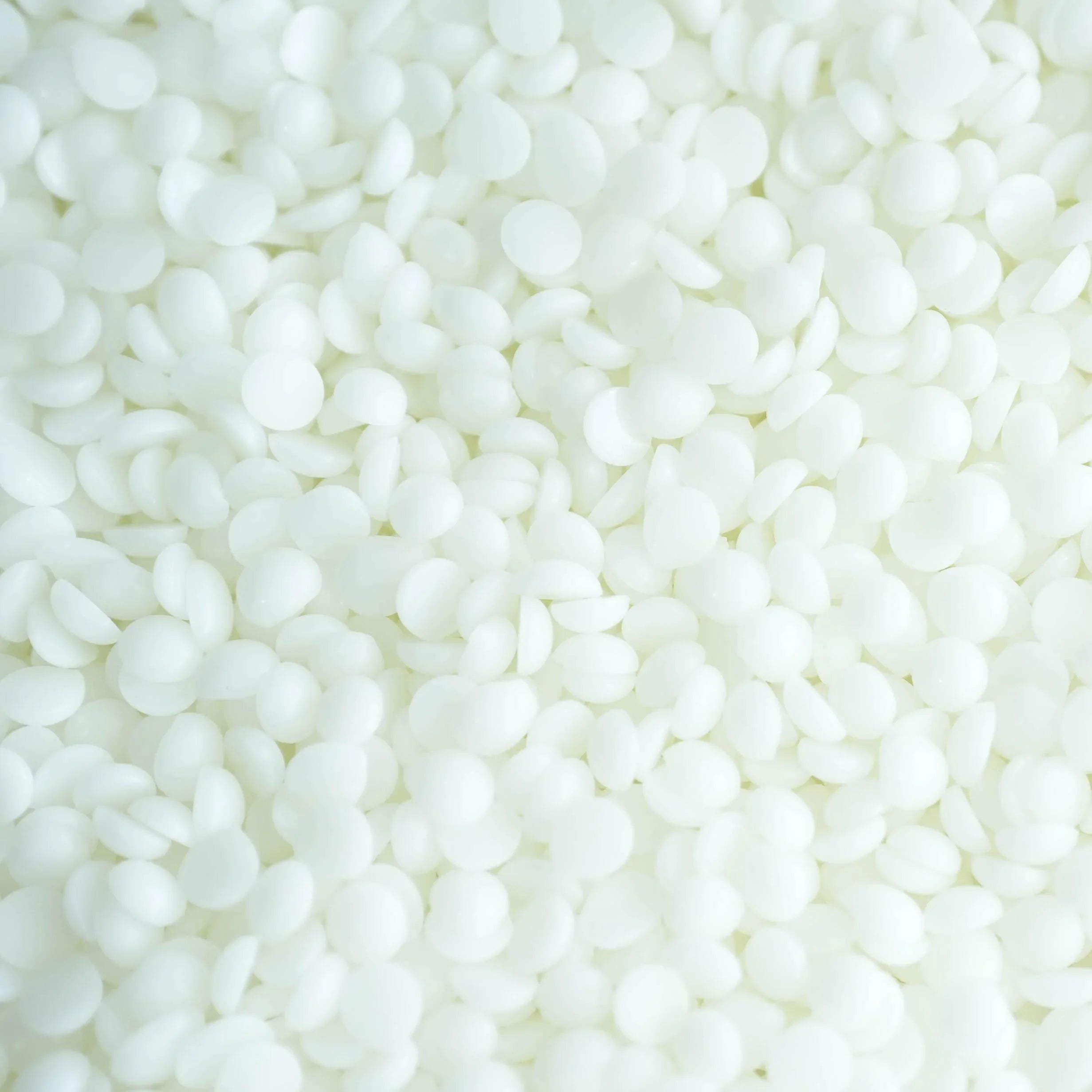
JustWax S300, soy wax ready to use for making candles in jars.
100% טבעי
GMO free
לא נוסה על בעלי חיים
טבעוני
משלוחים מהירים לכל הארץ - חינם בהזמנות מעל 499 ש"ח
תשלום מאובטח על ידי חברת Icount
JustWax S300 Soy Wax for Candles
soy wax for making scented candles in containers and jars, ready to use, cream-white in color, 100% natural.
Justwax S300 wax has a very high scent distribution and can be added to it with up to 10% fragrance oil in the new formula, and up to 6% in the old formula.
This wax has excellent adhesion to the jar without stains on the sides, and a comfortable pouring temperature of 60-65 degrees so you don't have to wait long for the wax to cool (:
Requires only one pour to obtain a candle with a perfect, smooth surface.
Wicks: With this wax, I recommend working with the TCR series of ecological wicks for vegetable wax .
We recommend choosing wicks according to the diameter of the jar in which you will pour the candle so that all the wax melts and a hole does not form only in the middle of the candle.
For more information on performing wick tests, visit our excellent candle-making guides.
Differences between waxing:
pastilles:
Pouring temperature: 55-60 degrees
Scent distribution: 8/10
Smooth finish: 8/10
Attachments to the jar: 10/10
Combination with colors: 10/10
Suitability for the summer months: 7/10
Flakes:
Pouring temperature: 60-65 degrees
Scent distribution: 10/10
Smooth finish: 10/10
Attachments to the jar: 8/10
Combination with colors: 8/10
Suitability for the summer months: 10/10
Moving on to the new formula:
The new formula comes with the option to easily add up to 10% fragrance oil, without sweat stains and with a smooth and uniform surface at the top of the candle.
In terms of working temperatures, it can also be poured at around 65 degrees and below, so it requires less waiting time between adding the scent.
In terms of working with our TCR wicks, you may need a larger wick that is one thickness thicker than the wick you have been working with so far.
For any additional questions, contact us for help on WhatsApp.
Instructions for use:
1. Heat the wax to 80 degrees (no more), heating to more than 85 degrees can damage the wax because it is a natural material and sensitive to temperatures.
2. Add fragrance and color at a temperature of 70-80 degrees and mix gently for about three minutes. The most correct connection of the fragrance oil to the wax is done at temperatures of 80-85 degrees. However, if you don't feel like waiting or you are making the candles with children, you can also add the fragrance oil at 70 degrees, that's perfectly fine.
3. Pour into a vessel at a temperature of 60-65 degrees. It is highly recommended to work at this temperature in order to obtain a smooth and beautiful surface on the top of the candle.
*Melting temperature 45 degrees (the temperature at which the wax turns from solid to liquid, has nothing to do with the preparation process)
*You can heat the wax in both the microwave and a double boiler: heat in the microwave until it becomes liquid, then in 10-second intervals and check the temperature after each heating until you reach the correct temperature (it is advisable not to heat too much as this can damage the wax).
Justwax S300 wax is a wax produced from natural, non-genetically modified soybean oil.
Another variety of quality products await you on our website:
For all types of candle wax, click here
High-quality candle wicks
Perfect scented oils for candles
Ecological dyes for candles in wax chips
For all raw materials click here
Additional equipment you will need to make the candles:
Thermometer - for proper operation as mentioned in the preparation process.
Weight - to measure the amount of fragrance and color you add to the wax
Measuring vessel - a plastic jug with microwave measuring cups, or an iron pot for preparation in a bain-marie.
Additional tips for working with soy wax for candle making:
Vegetable waxes, especially soy, are very sensitive to temperature, so process at the correct temperatures specified previously, and also make sure that the room where you are making the candles is at a temperature of 20-25 degrees.
The finish of the candle will not always be under your control. Sometimes the candle simply does not come out perfect, so it is recommended to have a heat gun to straighten the surface of candles that need a slightly better finish.
Mixing colors to get a uniform shade can take time until the color breaks down in the wax, so it is recommended to mix the colors at a relatively high temperature, for 2-3 minutes.
The soy wax production process – from the field to the candle.
Soy wax is a natural wax made from soybeans, and is an environmentally friendly alternative to paraffin wax. Its preparation process includes several main steps – from growing the beans to processing them into wax from which candles can be made.
Step 1: Growing soybeans
The journey of soy wax begins in soybean fields, primarily in the United States, Brazil, and China. Soybeans are grown as an agricultural crop and harvested when they reach full maturity. After harvesting, the beans undergo a drying and cleaning process to remove unwanted impurities and husks.
Step 2: Soybean oil processing and production
The clean soybeans are sent to factories, where they are crushed and pressed to produce crude soybean oil. This is the same oil that is also used for cooking, but for wax production, it undergoes an additional processing process.
Step 3: Hydrogenation – turning the oil into wax
To turn liquid soybean oil into a solid wax, it goes through a process called hydrogenation. In this process, hydrogen is added to the oil molecules under controlled temperature and pressure. This changes the structure of the fat so that it becomes solid at room temperature.
Step 4: Refining and Purification
After hydrogenation, the wax goes through a filtration process to remove oil residues and clean it of any contaminants. At this stage, you can also control the color of the wax – natural soy wax is usually creamy white.
Step 5: Cooling and preparation for marketing
The refined, pure wax is poured into molds or granules for ease of use. It is then packaged and shipped to candle makers and stores that sell raw materials for making handmade candles.
The prepared wax is relatively soft, melts at a lower temperature, and burns cleaner than paraffin wax. It is also known for holding scents well, making it ideal for scented candles.
Summary
The journey from the soybean fields to the candle burning in your home is a natural and environmentally friendly process. Growing the soybeans, extracting the oil, hydrogenation, purification, and marketing – all of these steps contribute to creating a quality product that is used by thousands of candle enthusiasts and manufacturers around the world.
Choose options






